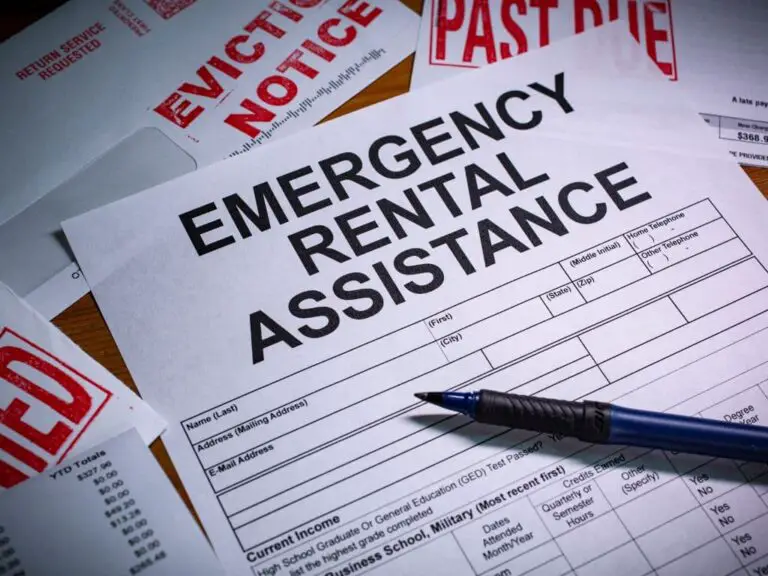Stretching Your Retirement Savings: Financial Planning for Seniors
As retirement approaches, the thought of leaving behind the daily work routine is exciting, but the financial aspect can be a cause for concern. How will you manage to cover all your expenses with your retirement savings?
This article provides 14 proven strategies to help you stretch your retirement dollars further, allowing you to enjoy your hard-earned freedom without financial stress.

Delay Social Security Benefits
One effective method is to delay taking Social Security benefits for as long as possible. Although you can start receiving benefits at age 62, waiting until your full retirement age (between 66 and 67) or even until age 70 will increase your benefits significantly. While this means continuing to work or finding other sources of income during the interim, it can lead to a larger monthly income during retirement.
Diversify Your Investments
Creating a balanced portfolio with diversified investments is crucial. Allocate your investments between stocks and bonds to ensure both growth potential and stability. Consider your risk tolerance, with a more secure and less risky approach as you approach retirement age. Diversification spreads the risk across various investments, resulting in a more stable asset allocation.
Avoid Touching Retirement Savings
It’s common for retired individuals to feel anxious when their bank account balances dip unexpectedly. While it may be tempting to rely on retirement savings to cover the shortfall, this should be avoided. Instead, create a reliable asset allocation that includes annuities, dividends, interest payouts, or other income sources to ensure regular distributions.
Create a Budget and Stick to It
Developing a comprehensive budget is essential, especially when you’ll have a reduced income during retirement. Follow these steps to create a workable budget:
- Categorize your fixed and variable monthly expenses separately.
- Identify expenses to eliminate or reduce, estimating the final amounts.
- Include estimated sums for healthcare and entertainment.
- Calculate the total revised and estimated expenses.
- Estimate your income from various sources.
Compare the two to determine any shortfall and use other strategies to bridge the gap.
Additionally, utilizing money orders for fixed monthly expenses, such as rent or utility bills, can help retirees stick to a budget and prevent overspending. Money orders provide a secure and tangible payment method that allows retirees to set aside specific amounts for their essential expenses.
Consider Annuities
If you anticipate an income-expenses gap, consider investing in annuities. Annuities provide guaranteed income for life by entering into a contract with an insurance provider. By investing a lump sum, you’ll receive monthly payments throughout retirement, ensuring additional income stability.
Become a Short-Term Landlord
With services like Airbnb, becoming a short-term landlord can generate a healthy monthly income stream. By renting out a room or an accessory dwelling unit (ADU) on your property, you can capitalize on travelers’ willingness to pay for accommodation.
Become a Rideshare Driver
Signing up as a driver for platforms like Uber or Lyft can provide an additional income stream during retirement. You can set your hours and work as much or as little as you desire, potentially earning between $8 and $12 per hour.
Downsize Your Living Arrangements
Consider selling your family home and purchasing a smaller property to reduce living costs. Additionally, downsize your belongings by selling unwanted items online or organizing a yard sale. If you own multiple cars, selling one can save on future expenses like gas, insurance, and maintenance.
Relocate to an Affordable Area
Alongside downsizing, relocating to a city or town with a lower cost of living can make your retirement funds go further. Research reputable sources that list areas with a lower cost of living and visit potential destinations to determine the best fit for your needs and interests.
Cut Expenses
Trimming expenses is a practical way to make your income stretch further. Review your recurring expenditures and identify areas where charges can be eliminated or reduced. Consider eating out less, using coupons, shopping at discount stores, utilizing mass transit, and comparing insurance costs. Mindful shopping can also help find less expensive alternatives for your desired purchases.
Make Catch-Up Contributions
If you haven’t saved as much as you hoped by retirement age, catch-up contributions can help boost your retirement savings. Check if you’re eligible to contribute additional funds to your retirement accounts beyond the maximum allowable amount for the year. Consult with your plan representative or HR officer for more information.
Consider Part-Time Employment
Retirement doesn’t necessarily mean complete cessation of work. Many retirees choose part-time employment to generate extra income and stay engaged. Older workers are often sought after by employers for their experience and can find fulfilling part-time roles.
Seek Age-Based Discounts
Numerous brands and establishments offer discounts for individuals over a certain age, typically around 55 to 65 years old. Take advantage of age-based savings at hotels, restaurants, and grocery stores to reduce expenses.
Prioritize Health and Wellness
Health-related expenses can be a significant burden during retirement. Prioritize your well-being by adopting healthy habits and seeking top-quality medical care when needed. Understand your Medicare options and choose a supplemental plan carefully.
Conclusion
Retirement is a time to enjoy the fruits of your labor without financial stress. By implementing these 14 strategies, you can maximize your retirement savings and achieve a secure and fulfilling retirement. Remember, careful planning and proactive financial decisions are key to stretching your retirement dollars and ensuring a comfortable future.






